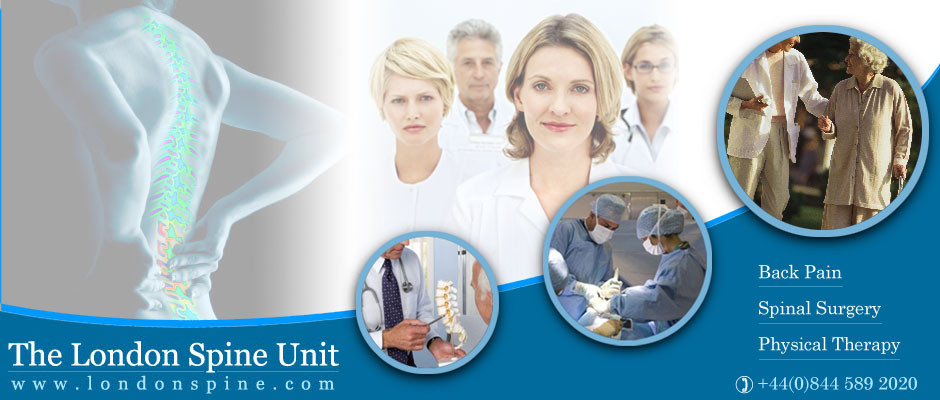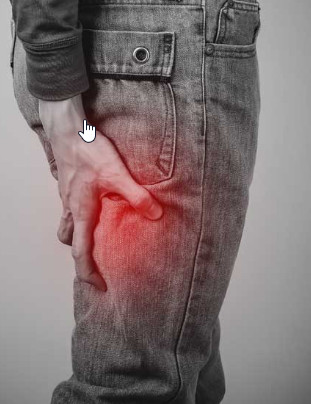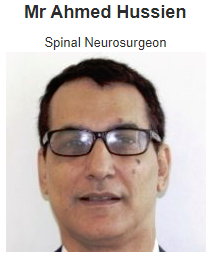If adequate pain control is not achieved, the patient should consult a specialist in traumatology, since neuropathic pain usually causes great limitation and may require an adjustment of treatment.
In addition, if the alteration in the sensibility is maintained or progresses and, especially, if the weakness of the lower limb increases, secondary causes of lumbosciatica should be ruled out.
Also, if the non-surgical methods do not work, the patient can go to a spine or orthopedic surgeon.
Key signs to be concerned about ;
1. Severe back pain or sciatica that does not improve with medications or rest
2. Progressive numbness or weakness in legs or arms
3. Loss of sensation in bowels or bladder ie cannot cotrol urine flow or bowel movements
4. General feeling of being unwell or loss of appetite together with back pain
5. Fever associated with back or neck pain
6. Spinal deformity ie curvature with back or neck pain
7. Unexplained back pain in children or elderly
8. Back pain getting worse after surgery
9. Back pain or deformity after an injury
10. Back pain that is keeping youup or waking you up at night.
You should see a specialist that has experience in the full range of treatment options including therapy, medications, injections and surgery.



















